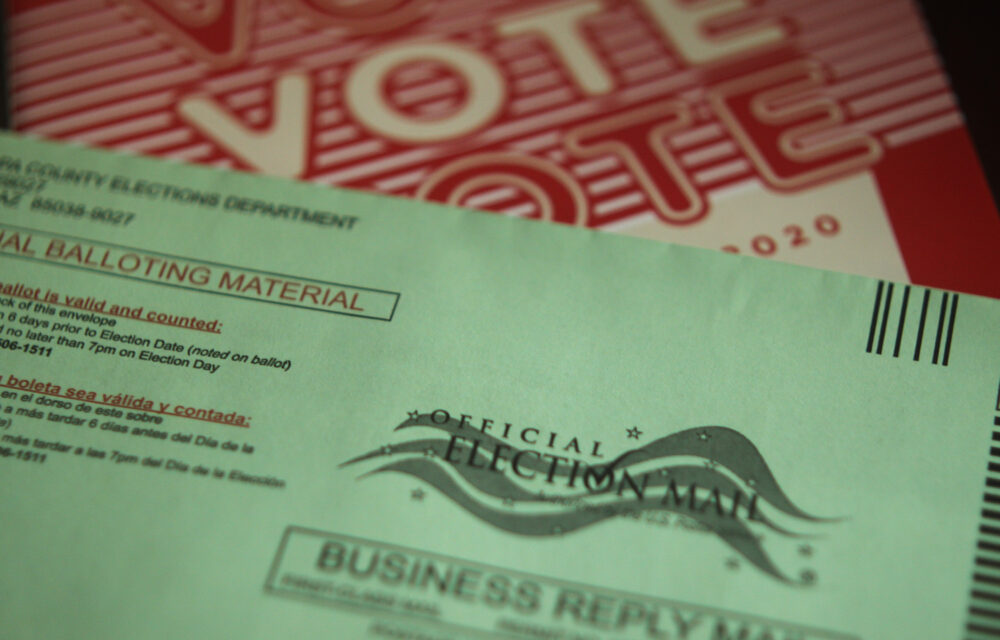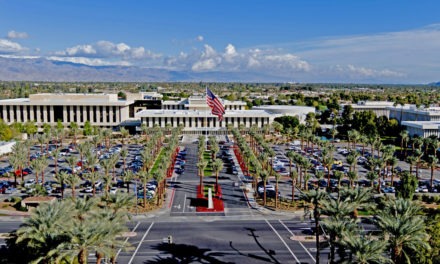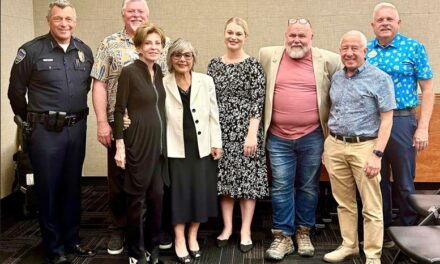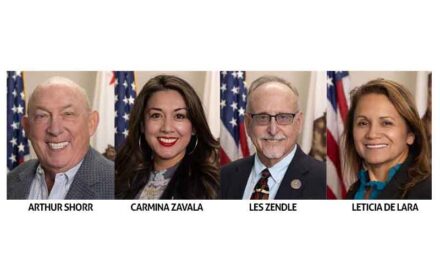California Sixth Best State for Civic Racial Equality
With black voter turnout down in the 2022 midterms and 64.1% of black Americans registered to vote compared to 70.9% of white Americans, WalletHub today released its report on the Best States for Racial Equality in Civic Engagement.
In order to determine which states have the most racial equality in civic engagement, WalletHub compared 48 states and the District of Columbia across five key metrics. Our data set compares the difference between white and black Americans in areas like the share of single-parent households, the volunteer rate and voter turnout. Below, you can see highlights from the report.
Racial Equality in Social & Civic Engagement in California (1=Most Equality; 25=Avg.):
- 18th – Share of Single-Parent Households
- 1st – Share of Veterans
- 17th – Volunteer Rate
- 9th – Voter-Turnout Rate
Expert Commentary
What social measures have proven effective in addressing racial inequalities?
“Addressing racial inequalities requires a comprehensive approach that combines multiple social measures. While the effectiveness of specific measures can vary depending on the context, several measures have shown promise in promoting racial equality. One promising measure involves enacting and enforcing anti-discrimination laws that prohibit racial discrimination in domains such as employment, housing, education, and public services. Such laws can help combat systemic racism and provide legal protection for marginalized communities. Another critical measure involves reducing racial disparities within the criminal justice system by implementing reforms such as enforcing equitable policing practices and consistent sentencing protocols. Addressing racial inequalities requires a long-term commitment and a multi-faceted approach involving collaboration among multiple stakeholders.”
— Brad R. Fulton – Associate Professor, Indiana University
“To begin, inequalities are not the same for all ethno-racial minorities. For example, data on residential segregation show that Black people are much more affected by this than other ethno-racial minorities. Similar outcomes can be observed in the employment sector, generational wealth, criminal justice, health care, education, etc. Therefore, social measurements that seek to address racial inequalities must take an intersectional approach, considering race, class, immigration status, different historical legacies, etc. Furthermore, today’s racial inequalities are legacies from past discrimination as well as ongoing institutional and individual discrimination. So, any measures that only focus on ‘today’ and not the past, will fail to make a difference.”
— Bernadette Ludwig, Ph.D. – Associate Professor, Wagner College
What strategies and resources should state and local governments take into consideration in order to encourage civic participation from racial minorities?
“Young people of color can be recruited and retained through supporting youth caucuses as affinity and organizational spaces, where they can help inform change and increase their democratic participation. In general, young people face a lot of demands on their time from their schools, what they may be managing at home, and in their communities. There has also been a lot of discussion in the past few years about stress and mental health. State and local governments can help schools address how much testing and homework is necessary and build supportive environments at school. For example, are school safety measures making students, particularly students of color, feel safe or do they feel overly surveilled and harassed? Collaborations between schools and community organizations could help in connecting young people to potential volunteer and engagement opportunities, and that could be built into the curriculum while lightening some other requirements.”
— Angie Beeman – Associate Professor, Baruch College – City University of New York
“Due to limited space, I just focus on one aspect of ‘civic participation;’ voting. An increasing number of states have made it much more difficult for people to vote. Ethno-racial minorities are especially affected by various forms of voter suppression that include but are not limited to, purging of voter rolls, ID requirements, a limited number of polling stations, limiting early voting days and times, lengthy and cumbersome voter registration processes, requiring to request a mail-in ballot for every election, requiring a street address to register to vote (which is often absent on many Native American reservations) and failing to restore voting rights after serving a sentence. Last but not least, redistricting and redrawing of congressional districts have frequently silenced or limited the impact that ethno-racial minorities can have in elections. Not surprisingly, this has left many voters who are ethno-racial minorities disenfranchised and thus disillusioned.”
— Bernadette Ludwig, Ph.D. – Associate Professor, Wagner College
Why is civic and social engagement important when talking about racial minorities?
“Civic engagement plays a vital role in promoting justice, empowerment, and solidarity, especially within communities of color. Engaging in civic activities gives people of color a voice and empowers them to actively participate in decision-making processes that affect their lives. Such participation can help to amplify their concerns, experiences, and perspectives, which may otherwise be marginalized or ignored. Civic engagement, done collectively, can empower communities of color to advocate for policy changes that address the unique challenges they face. By actively participating in political processes, such as voting, lobbying, and grassroots organizing, communities of color can push for legislation and policies that promote equity and social justice. In addition, civic engagement produces solidarity and supportive networks that can provide emotional support, mentorship, and empowerment to people facing similar challenges.”
— Brad R. Fulton – Associate Professor, Indiana University
“It is civic and social engagement (especially when achieved through community organizing) that truly drives growth within underserved populations. Civic engagement produces many socially healing bi-products for populations. In order to organize and engage, populations must learn their own strengths and weaknesses in the process of working together. They must engage in constructive dialogue that helps them to gain a better understanding of the problems they face and better direct their energy towards the appropriate action. They must connect with outside stakeholders and thereby get connected within their local systems. No matter what the intended outcome of that engagement – whether it be to shape policies or make donuts, the process of coming together, dialoguing within, and dialoguing without always creates a stronger population.”
— Jermaine McNair – Instructor of Sociology, East Carolina University
To view the full report and your state’s rank, please visit:
https://wallethub.com/edu/states-racial-equality-civic/76689/







